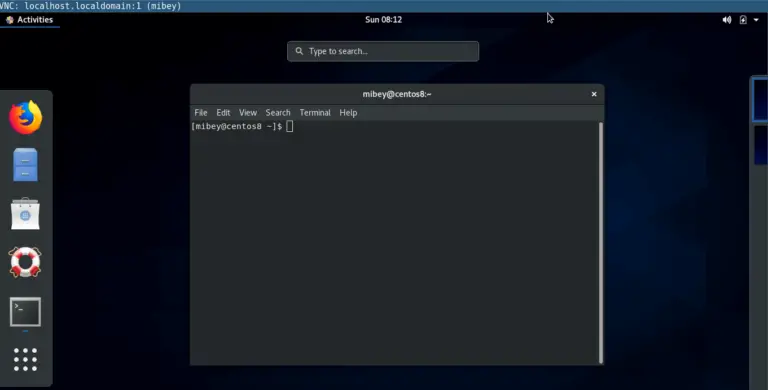
- #VNC CONNECT TO WINDOWS 10 INSTALL#
- #VNC CONNECT TO WINDOWS 10 FULL#
- #VNC CONNECT TO WINDOWS 10 WINDOWS 10#
The VNC Viewer requires installation, but you don’t have to sign up for an account to use it. It doesn’t have to be complicated but at least make it hard to guess. The password can be one to eight characters. You can leave the “Allow access for:” options as they are.Ĭlick “Computer Settings…” and make sure “VNC viewers may control screen with password” is checked. Open the “Sharing” preference panel and check the box next to “Screen Sharing.” If you want to edit the name of your computer you can click the “Edit” button. Just like with Windows, you first have to set up your Mac for screen sharing. You’re not going to be able to use Remote Desktop, but that’s okay because there’s a free client called RealVNC viewer that does the trick nicely. Connecting to a Mac from a Windows PCĬonnecting to a Mac from a Windows PC is a little different. You can use remote desktop to check on a job’s progress or start tasks without actually being physically at the machine. For example, your Windows PC may be a super beefy machine you use to do compiling or rendering.
#VNC CONNECT TO WINDOWS 10 WINDOWS 10#
If we want to mess with our Windows 10 test machine, we don’t need to actually be there.Īs we mentioned, being able to connect to a Windows machine is a pleasant convenience. Once you’ve successfully connected to your Windows PC from your Mac, your Windows desktop will appear.

Remember, if you didn’t previously enter anything in the connection credentials, you will see the login screen when you first connect. To confirm changes to your certificate trust settings, you will need to enter your system password. If you don’t want to see this warning dialog in the future, click “Show Certificate” and then check the “Always trust …” option as shown below. When you connect to a new client, you’ll likely see a Verify Certificate dialog.
#VNC CONNECT TO WINDOWS 10 FULL#
The rest of the Remote Desktop connection’s settings concern resolution, colors, and full screen options. The advantage of using the computer name over an IP address is that the name remains the same unless you change it, whereas IP addresses can change from time to time. If you can’t remember what you named your computer, you can find that information on the “System” control panel. In the command prompt, type “ipconfig” and hit “Return.” You want to use the IPv4 address it gives you. Use the keyboard shortcut “Windows + R” and then type “cmd” to open a command prompt. If you want to know what your PC’s name and/or IP address is, you need to check. Also, if you do not want to enter your user name and password every time you connect, you can add them to the “Credentials.” Not entering any credentials means that when you connect to your Windows machine, you will need to log into an account.

We don’t worry about configuring a gateway because we’re connecting to our PC within our local network. Next to “Connection name” we give it a friendly name while the “PC name” is either the name we gave our target PC or its IP address. Let’s take a moment, however, to click “Edit” and show you what’s involved.

In our example, we’ve already set up a user profile, which is ready for action. Remote Desktop will be installed in your Mac’s Application’s folder.
#VNC CONNECT TO WINDOWS 10 INSTALL#
You also want to make sure you install the Microsoft Remote Desktop client on your Mac. Open the System Properties and click the “Remote” tab, then make sure “Allow remote connections to this computer” is enabled. To connect to a Windows PC, you must first turn on remote connections.


 0 kommentar(er)
0 kommentar(er)
